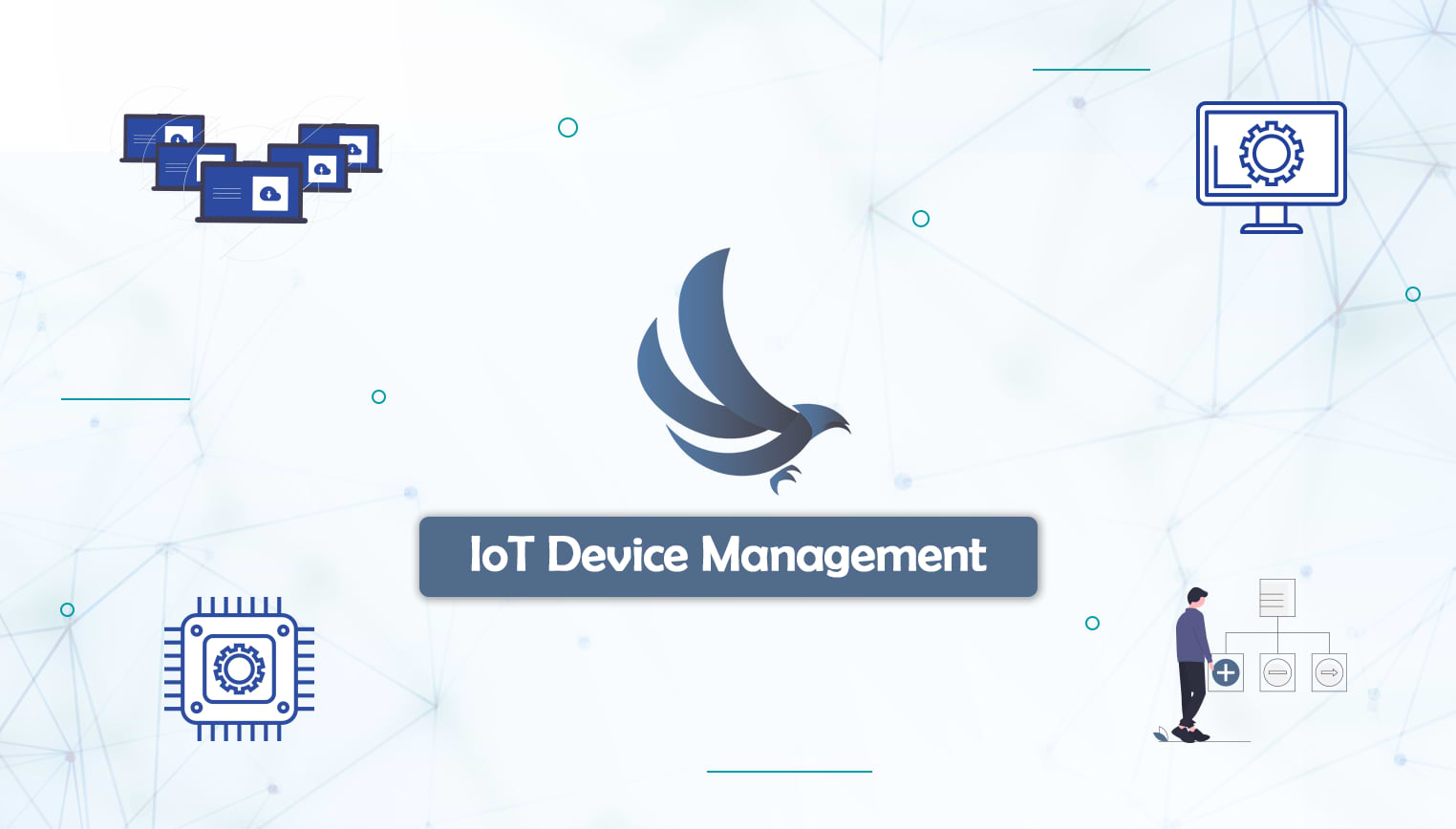IoT Device Management platform
We live in a world where more and more things we daily use are becoming ‘connected devices’. As ARM defines, “Connected devices are physical objects that can connect with each other and other systems via the internet. They span everything from traditional computing hardware, such as a laptop or desktop, to common mobile devices, such as a smartphone or tablet, to an increasingly wide range of physical devices and objects”.

In the Internet of Things realm, the Linux operating system plays a major role due to its robustness and customizability. The best examples are Raspbian (now Raspberry OS), OpenWRT, Ubuntu Core and Yocto Project, which all targets embedded systems developed with IoT concepts in mind. The term “Internet of Things” (IoT) is used to describe a massive network of those connected devices through wired and wireless mediums such as WiFi, Bluetooth or even 3G/4G/5G networks.
This includes:
- Industrial Applications – robotics, process monitoring and control systems
- Consumer Applications – smart bulbs to washing machines and HVAC systems, smart gardening systems to access control systems
- Commercial Applications – tracking devices, fleet management devices
Why do we need to manage IoT devices?
Iot deployments can start as small as a few edge devices and scale up to hundreds of thousands or even millions of devices. When the ecosystem becomes so large, it is essential to track, monitor and manage the connected devices remotely. This is essential to ensure that the deployed devices are working properly and most of all, securely. In essence, there are three main steps that are associated with IoT device management.
- Onboarding and Configuration
- Daily Management and Maintenance
- Diagnostics and Remote Status Alerts
IoT device management is typically made easier with dedicated services that offer specific, purpose-built tools to ease up the above three stages of IoT device management.

The first and foremost part of any IoT deployment is to get the installed device onboard. In this step, the device is registered with the IoT device management ecosystem, so that the manufacturer/supplier can begin configuring the device to suit their clients’ needs. In many instances, this process is performed on multiple devices simultaneously that are being deployed to perform the same set of tasks.
Configuration of a linux IoT device may include, but not limited to;
- Configuration of network connectivity settings
- I/O connections
- Initial setup of software/firmware and many more.

After deploying the edge devices, they need to be managed and maintained throughout their lifetime to ensure that they work as intended and do so with a minimal amount of downtime. This includes,
- Routine maintenance such as software resource updates
- Remote access over the internet for routing maintenance
- Security patches that addresses any system vulnerabilities
- Dispatch Over-The-Air updates (OTA Updates of IoT devices)
To perform all these tasks, the IoT company needs to be able to log in to these linux edge IoT devices from anywhere in the world through some sort of wired or wireless medium such as WiFi or Ethernet. Therefore, a good IoT management solution must be able to provide a convenient method to remotely access the devices enrolled to the system without having to go through the troubles such as setting static IPs and leaving specific ports open to the internet; which also makes the devices vulnerable.

While the IoT devices are performing out in the field, they need to be constantly health monitored to ensure their correct functionality and each device needs to be troubleshooted if and when necessary. This also includes setting up of automated alerts such as abnormal behaviour of running services and programs in the IoT device. Typically, IoT device vendors look for,
- Process monitoring
- Resource monitoring
- Data monitoring
- Remote access (SSH, VNC etc.)
- Health check etc.
A good IoT device management solution offers all the above mentioned features through a centralized dashboard that is easy to access and intuitive to use. And incorporating such a system into your fleet of IoT devices certainly improves the performance and reliability of your IoT solutions through advanced, easy to use set of device management tools.
Here at JFrog Connect, we provide you a Secure, Reliable and Scalable platform for IoT device management, that can be used to manage the edge linux IoT devices remotely from anywhere in the world. Our platform gets more and more sophisticated and feature rich by the day, and we guarantee the highest reliability and functionality of our service with our 24/7 customer service.
Register today to claim your free trial to evaluate JFrog Connect remote management tools and find out how OUR platform can be used to improve YOUR products!



